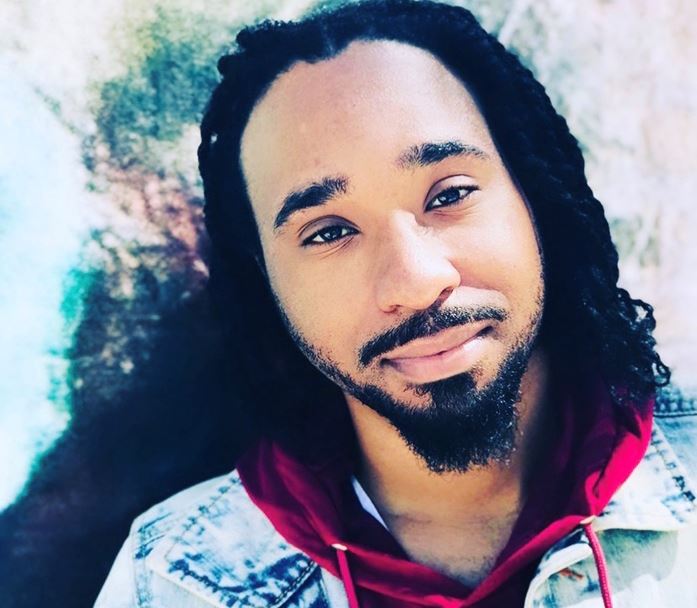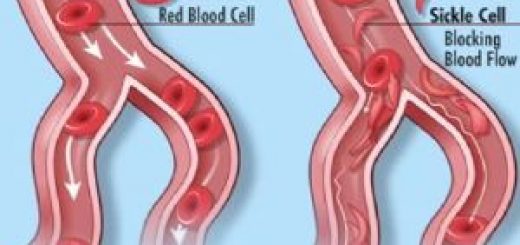Assembly member Mike Gipson Offers New Hope for Sickle Cell Disease in California – A Patient’s Story
By Lance JonesPublished June 19, 2019

At two years of age, my mother was worried because I cried almost constantly. She noticed that my finger looked broken, which we would soon discover was a result of bone deterioration. What she was about to discover after rushing me to the hospital shocked her. She was told her two year old boy was suffering from Sickle Cell Disease. It was 1988 and newborn screening only started in California in 1990.
By the age of 6, I had already spent half of my young life in the hospital. At age 7 while hospitalized, the doctor told my mother I was going to die. My family arrived, cried, prayed, and tried to comfort me. We waited. But I didn’t die. This was my new normal. I would continue to be hospitalized and each time wonder if I was going to die, as I would constantly be reminded that there were almost no adults living with Sickle Cell. We just didn’t live long enough to make it to adulthood.
A Sickle Cell ‘crisis’ is an unbearable pain that begins suddenly and hits like an earthquake. For me, it lasts about 5-7 days. It happens when sickled red blood cells clot together and block other blood cells that flow freely and carry blood and oxygen through the body. So, wherever blood flows, a Sickle Cell crisis can happen. The entire body is under attack. Normal blood cells – hemoglobin – are round and soft. However, with Sickle Cell disease, the hemoglobin is abnormal, causing the red blood cells to be rigid and shaped like a “C”, or sickle. When sickled red blood cells block normal blood vessels, it causes a stabbing, excruciating pain. I immediately hold my breath – I become almost incapacitated. Walking and talking become impossible. Without help, the pain grows by the second as the stabbing pain begins to beat rhythmically with my heartbeat. I feel like if I could stop my heart from beating, the pain would stop.
I just turned 30. I have been in the hospital with a Sickle Cell crisis more than one hundred times and I have often wondered “is it better to just die?” Now, as an adult coming into the emergency room, I am treated like a drug addict. I have been offered Tylenol and a bus pass, as if I have no family or a loved one to call. They assume I do not even have a car. This has happened far too many times.
I have had both my lungs collapse, I have spent days in ICU, and I have been hospitalized with levels of organ failure and risk of strokes and heart attacks. This disease is literally, slowly, killing me. You figure out early in life, as an African American in excruciating pain, desperate for pain medication, that the doctors and nurses who are there to help only believe you are an addict. I do not even want to be in the hospital. I will never get used to that part. I’m a person with Sickle Cell in a Sickle Cell crisis; I just want to live. These crises are the most vulnerable—and embarrassing—events of my life. Imagine, as a full-grown man, breaking down in tears and crying out for help, only to have emergency medical providers stare at you and refuse to help because of the color of your skin. I did not ask for this life. I was born with it.
I will always have Sickle Cell disease. I don’t know how long I will live. But I do know that those of us with Sickle Cell disease desperately need help.
I have buried too many friends, waiting for my turn.
Now there is a new hope. California State Assemblyman Mike Gipson has taken the lead to introduce a bill that will help establish a network of adult sickle cell disease clinics that will provide preventative and whole-person, specialized care. The bill will also help increase sickle cell education, and provide other needed services throughout California.




This is a topic that’s near to my heart…
Best wishes! Exactly where are your contact details though?
– Calator prin Romania.
thediaryofaudrey@gmail.com